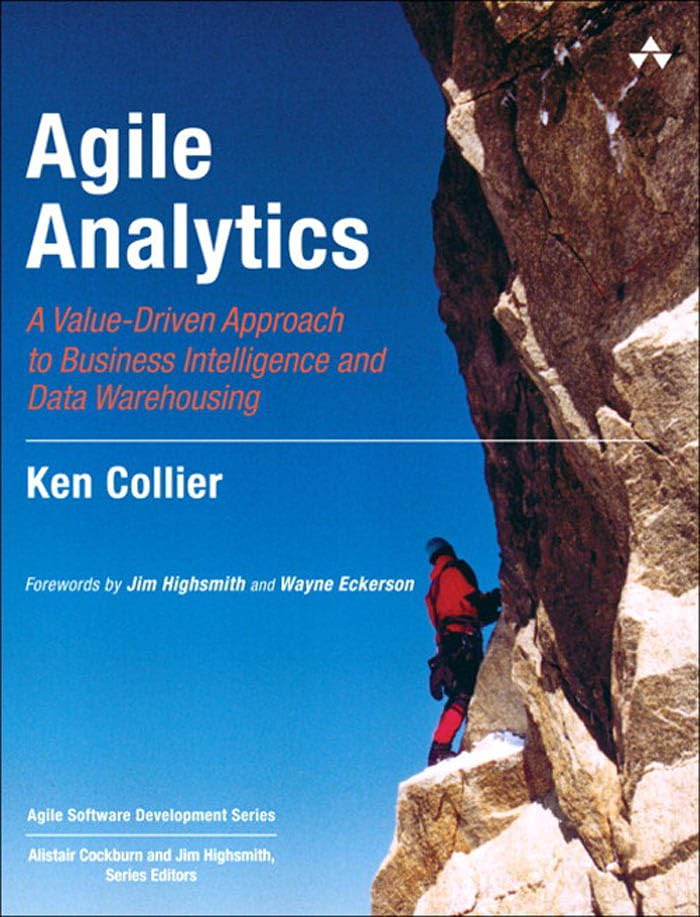It's not easy to focus and stay productive in our time — there's too much stress and too many distractions. Positive reinforcement helps maintain team spirit and improve results by encouraging the right actions. In this article, we'll explain how it works and why it can
Data Analytics in Project Management: Enhancing Decision-Making and Outcomes
Data analytics has become an essential part of modern project management. This article delves into how leveraging data can optimize processes, identify challenges, and allocate resources effectively. Readers will learn about key benefits, methods of implementing analytics in project management, and real-world examples.
Key takeaways
Data analytics enables more accurate and informed decision-making.
Using analytics tools helps reduce risks and improve process transparency.
Implementing analytics requires a structured approach and team training.
Leveraging analytics in project management
Data analytics in project management involves collecting, analyzing, and interpreting information to enhance efficiency. It allows teams to predict risks, track progress, and make decisions based on objective data rather than intuition.
What is data analytics in project management?
Data analytics is the process of leveraging information from various sources to improve project planning, execution, and monitoring.
Key tasks:
- Predicting task completion timelines.
- Monitoring costs.
- Identifying bottlenecks.
Example:
An IT company used data analytics to analyze time spent on tasks. The results helped redistribute workload, reducing completion times by 15%.
Benefits of data analytics in project management
- Process Transparency
Analytics makes team activities visible to all participants. For example, visualizing data through Kanban boards helps track task statuses. - Risk Management
Data analysis tools can predict issues before they arise.
Example: A logistics company implemented a BI tool to monitor delivery routes. This avoided delays and reduced costs by 25%. - Efficient Resource Allocation
Analytics ensures optimal task distribution among team members.
Tools and methodologies for data analytics
- PM Platforms with Analytics Functions: Wrike, Taskee, Asana.
- BI Tools: Tableau, Power BI.
- Analytical Methodologies:
Using historical data.
Visualizing through charts and graphs.
Impact of Analytics on Project Efficiency, hours
How to implement data analytics in project management?
- Define Goals
For example, reduce task delays or prevent budget overruns. - Collect Data
Utilize CRM systems, task reports, and time metrics. - Select Tools
Choose BI solutions or platforms with built-in analytics. - Train the Team
Conduct workshops to help team members interpret data effectively.
Example: A construction company adopted Power BI to analyze delays. This reduced downtime by 20%.

Learn the basics of project planning in "Project Roadmap: A Strategic Guide to Planning and Executing Successful Projects". Discover how to optimize workflows in "Workflow Templates: How to Optimize Processes for Maximum Efficiency". Dive into flexible methodologies in "Top Benefits of Agile Methodology: Why Agile Drives Success in Project Management".
Interesting fact 
Did you know? NASA was one of the first organizations to implement data analytics in project management. Its engineers used flight trajectory and fuel consumption data to successfully launch Apollo 11.
Conclusion
Data analytics is a powerful tool that helps project managers make informed decisions, reduce risks, and increase productivity. Integrate analytics into your processes to improve project outcomes and efficiency.
Recommended reading 


"The Phoenix Project"
This book is a must read for business and IT executives who are struggling with the growing complexity of IT.
On Amazon
"Agile Analytics: A Value-Driven Approach to Business Intelligence and Data Warehousing"
Focuses on Agile project management techniques and delivery team coordination, introducing core practices that shape the way your Agile DW/BI project community can collaborate toward success.
On Amazon






